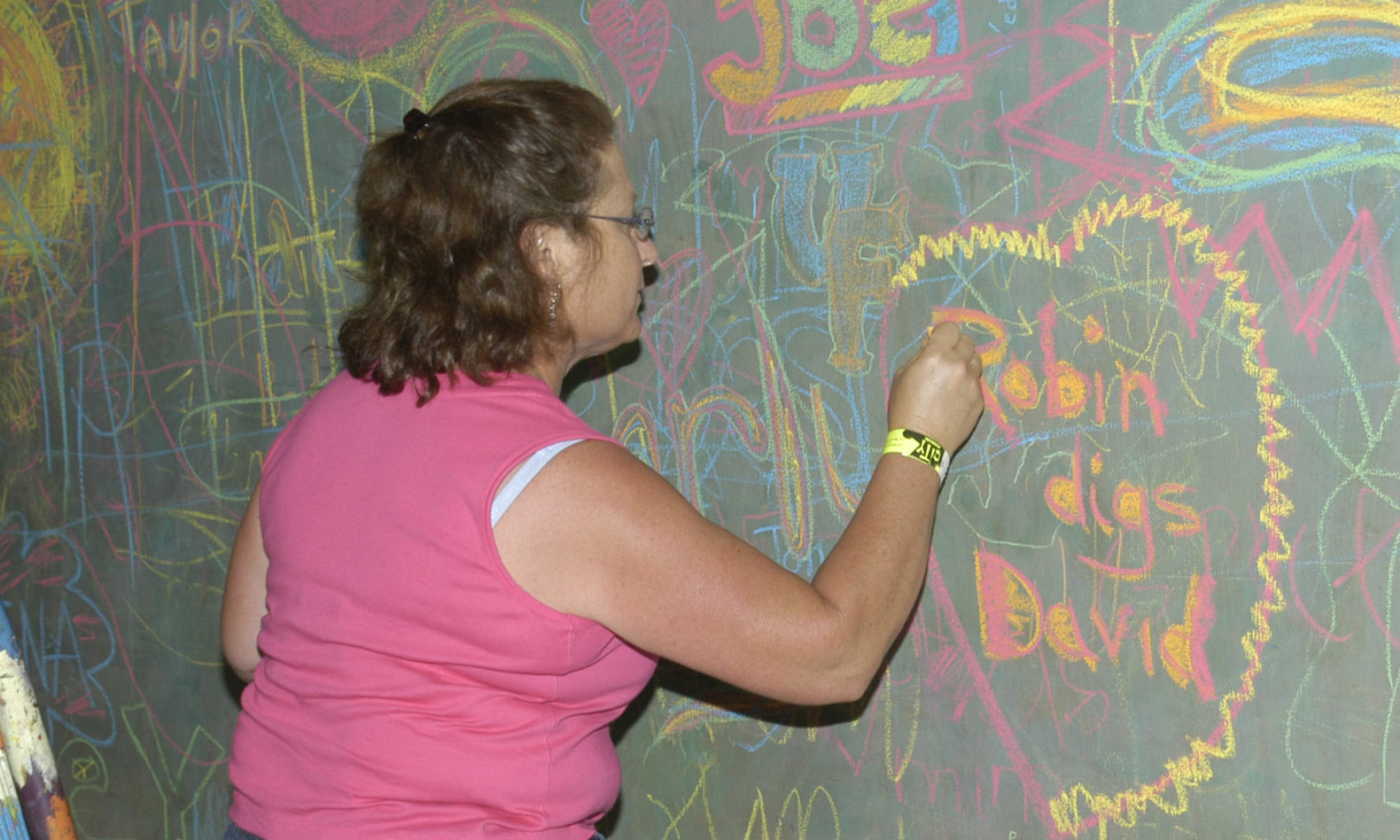 I have been visiting with a young lady, Micaela Vallejo, from Ecuador every two weeks for over three years for conversational practice using Spanish. She is a little north of 30. How far I do not remember. She is unmarried, a fact I find remarkable given all she has going for her, but she seems quite content with her status. Micaela lives in Coca, a small town of around 45,000 souls in the northeast corner of Ecuador, close to the border with Colombia. It is located in the Amazonian rain forest at the confluence of two large rivers and a smaller third. According to the web and Micaela Continue reading “Cultural Differences, the US Dollar, Ecuador”
I have been visiting with a young lady, Micaela Vallejo, from Ecuador every two weeks for over three years for conversational practice using Spanish. She is a little north of 30. How far I do not remember. She is unmarried, a fact I find remarkable given all she has going for her, but she seems quite content with her status. Micaela lives in Coca, a small town of around 45,000 souls in the northeast corner of Ecuador, close to the border with Colombia. It is located in the Amazonian rain forest at the confluence of two large rivers and a smaller third. According to the web and Micaela Continue reading “Cultural Differences, the US Dollar, Ecuador”
Rev. Joe’s Random Thought #3,356
yeah I know you did not ask!
I visit with people via Skype to practice my Spanish. Two of the countries I “Skpe” to are El Salvador and Ecuador. The official currency of both countries is the US dollar. This came about mainly because it was the most common currency on the black market and the governments gave in to a fait accompli. Because so many transactions are for smaller amounts of money, the US dollar coin, the Sacagawea coin that was so unpopular here, is very popular there, as the coin is more durable, All of which got me connecting random dots in my brain.
Canada as far as I know does not have a $1 bill; at least all I have seen when I was there were $1 and $2 coins.
Stay with me I am about to get there…
It has been a while since I was in a “Gentlemen’s” club, but when I was last in one, it was a common practice to place $1 bills in whatever apparel was still left on the performer’s body, or barring that, throw the money onto the stage.
Thinking about this made me worry about the exotic dancers of our Canadian neighbor. The loonies – Canadian $1 coins – certainly would not stay inside a g-string strap, leaving tossing them at the ecdysiast as the only option. Bruising must be an occupational hazard.
And so it goes.
